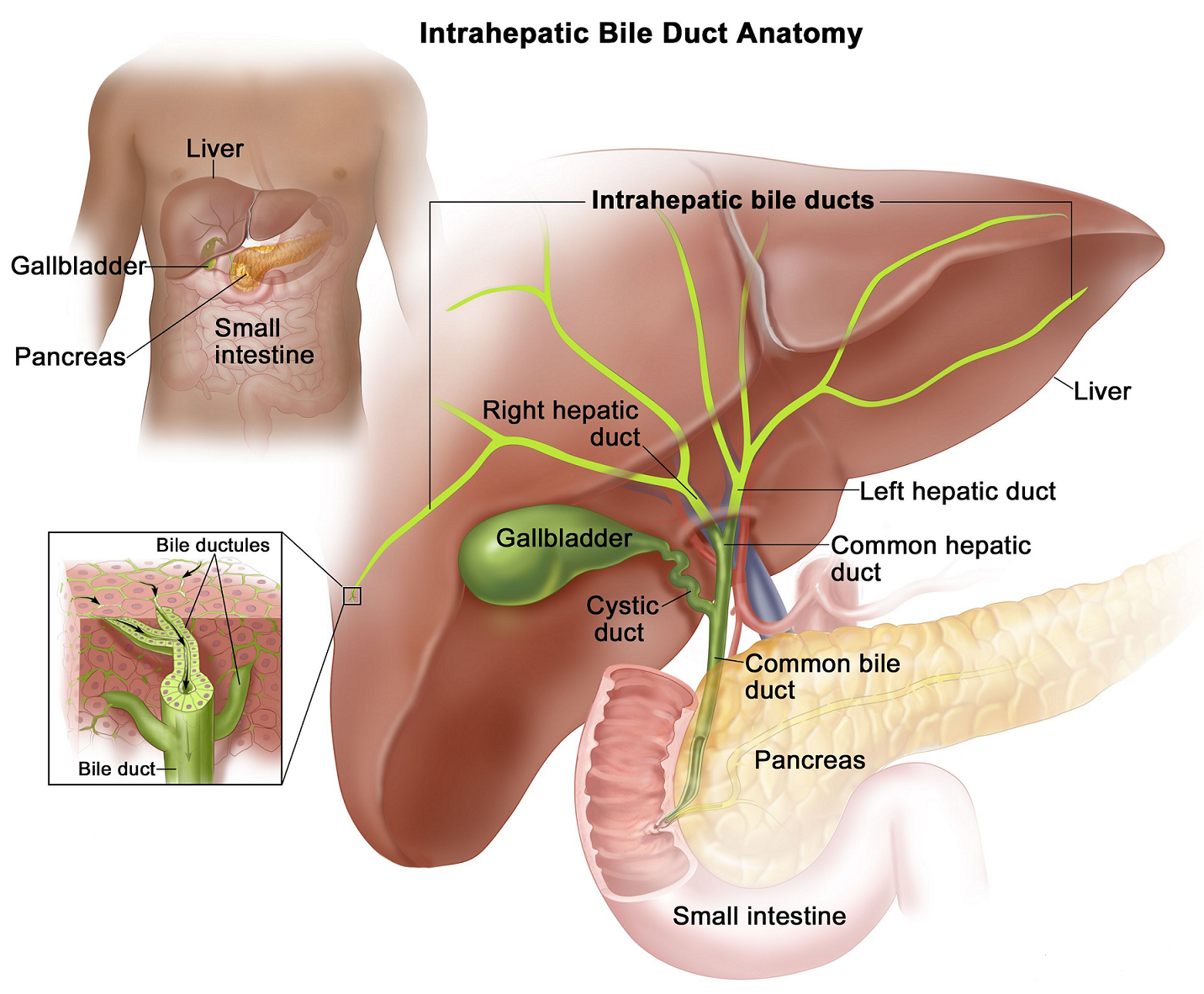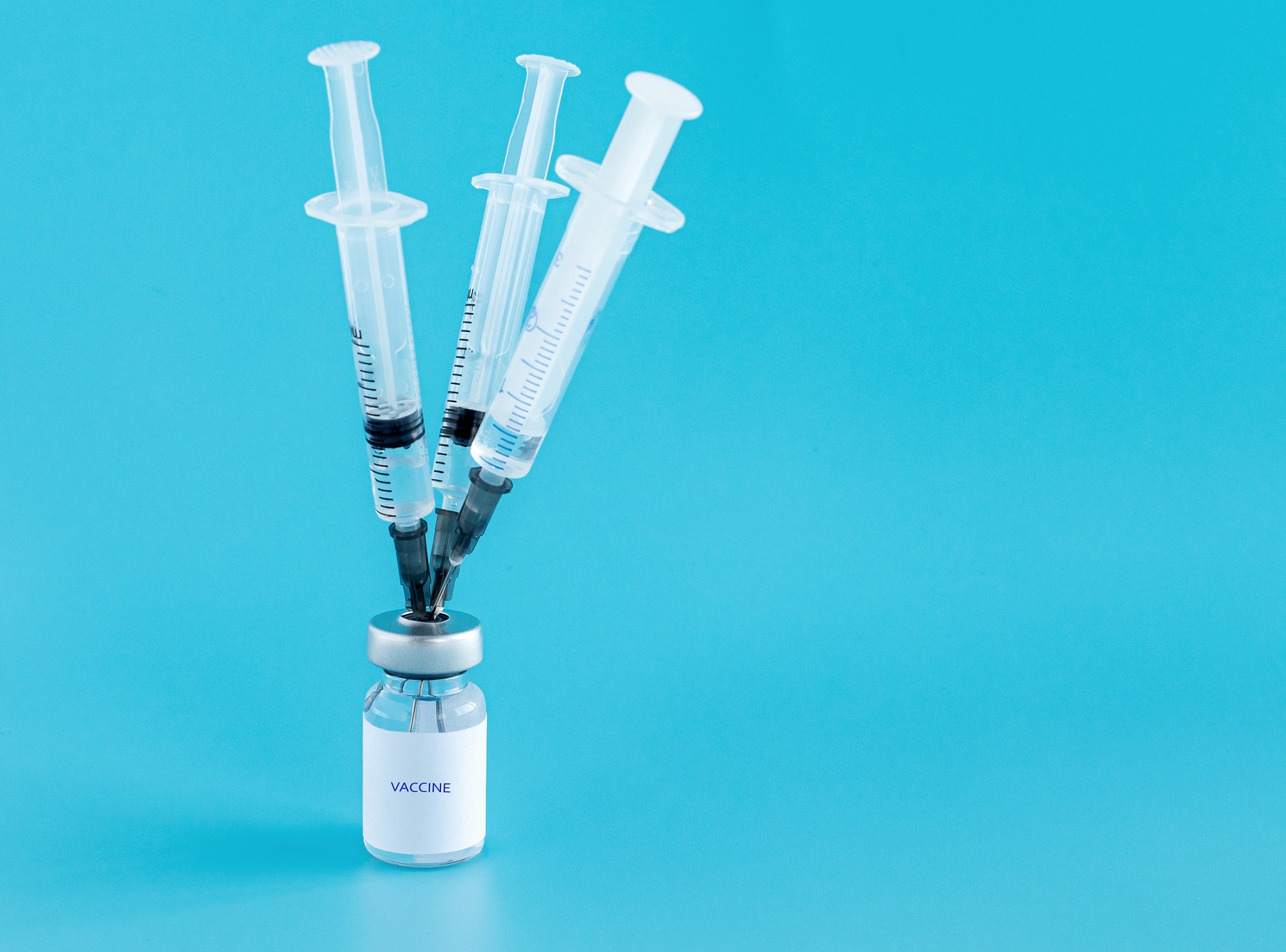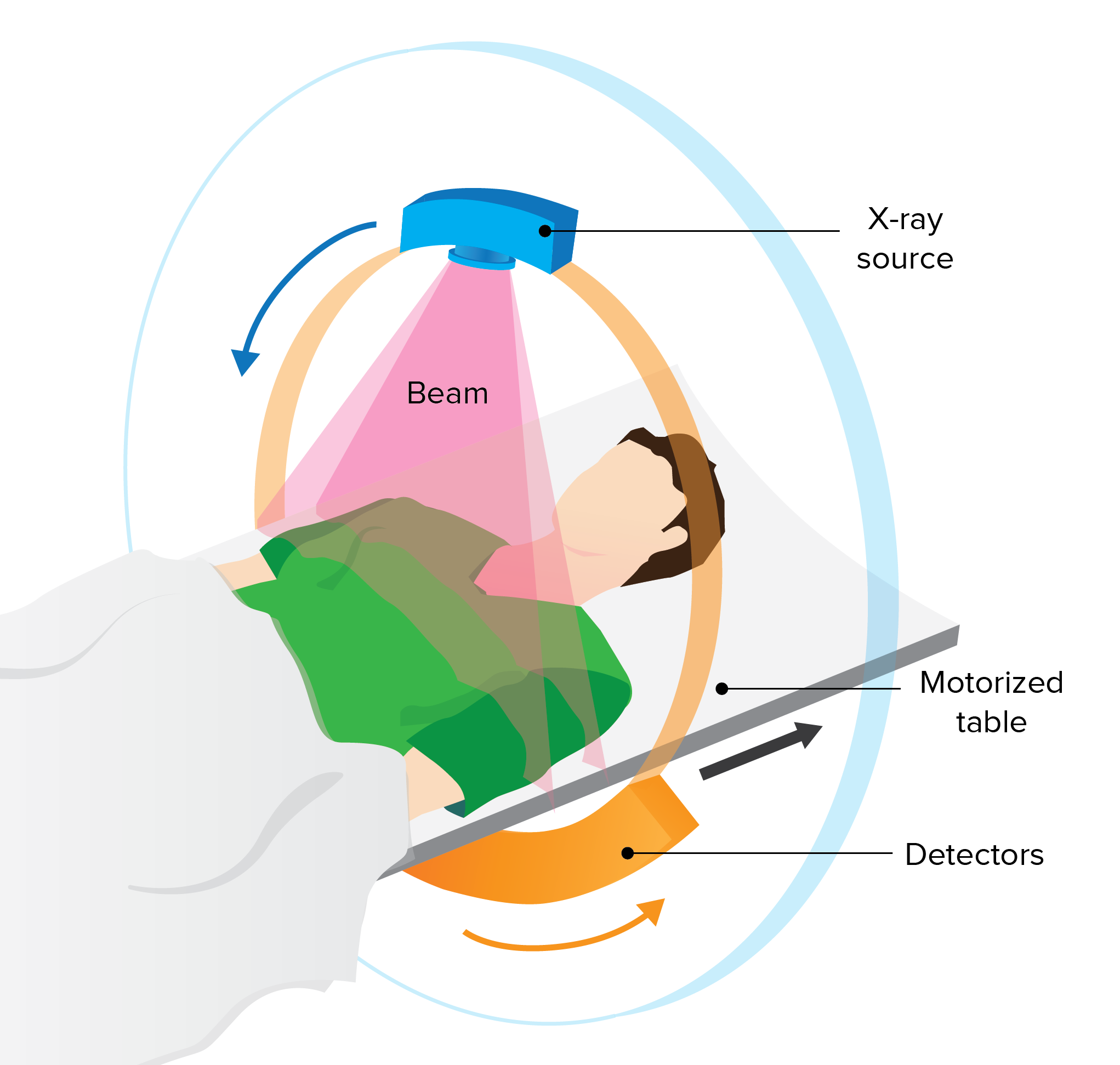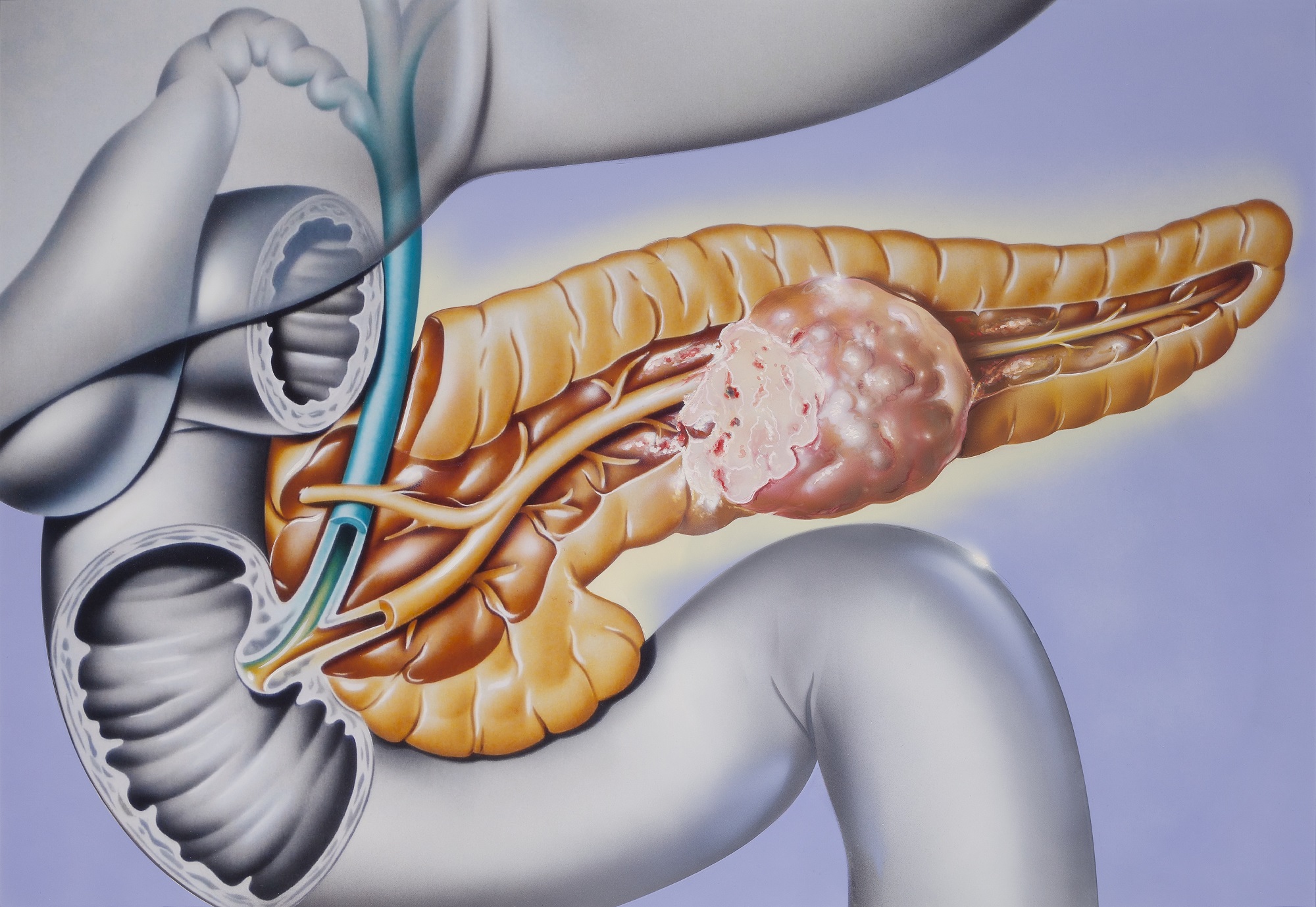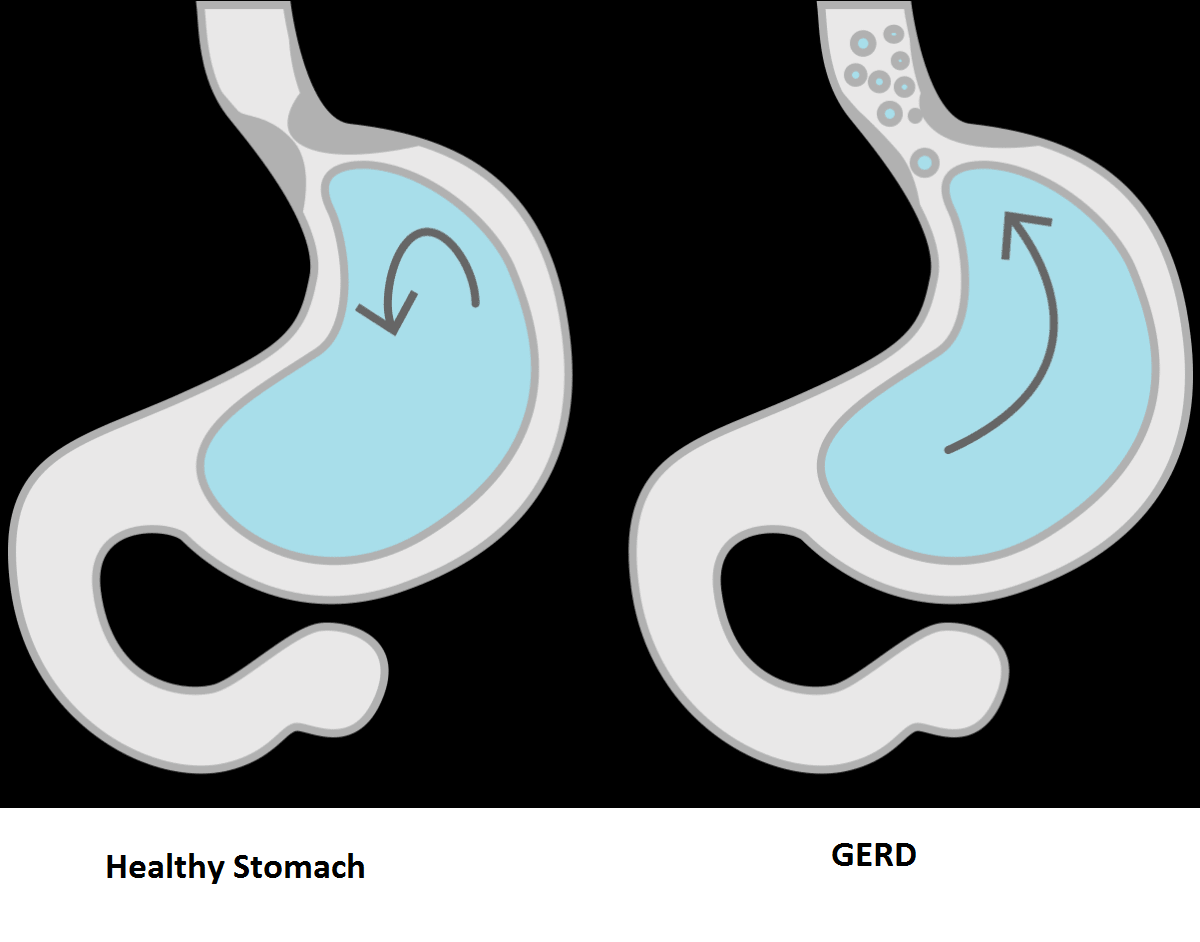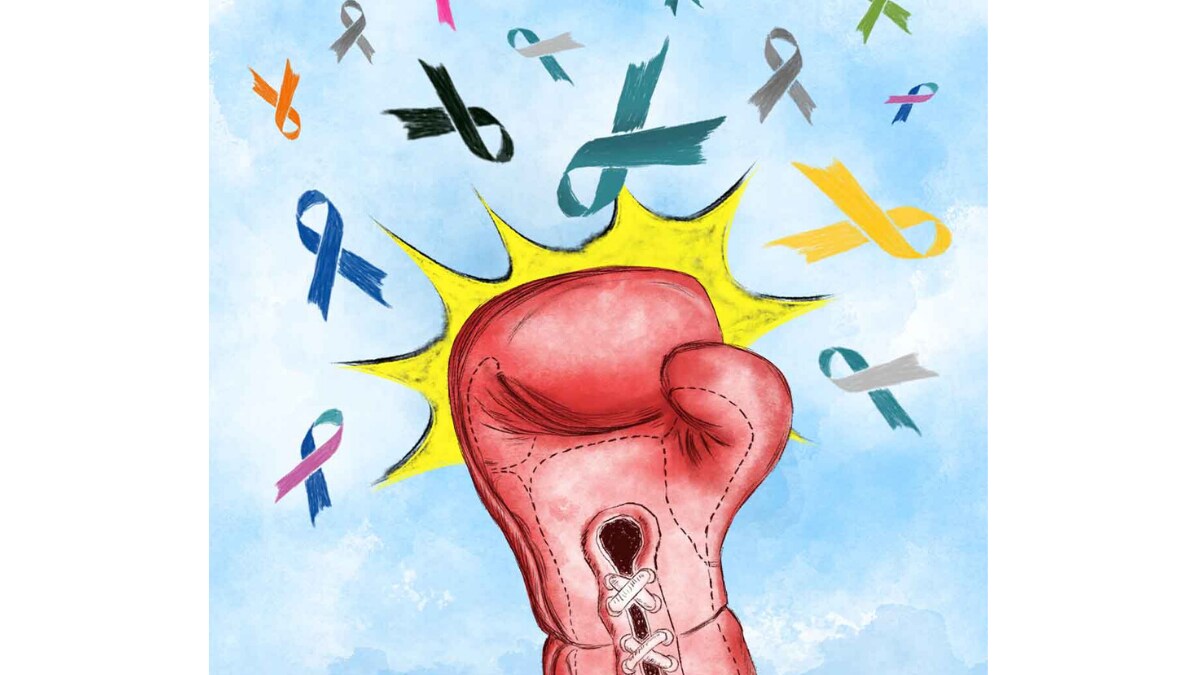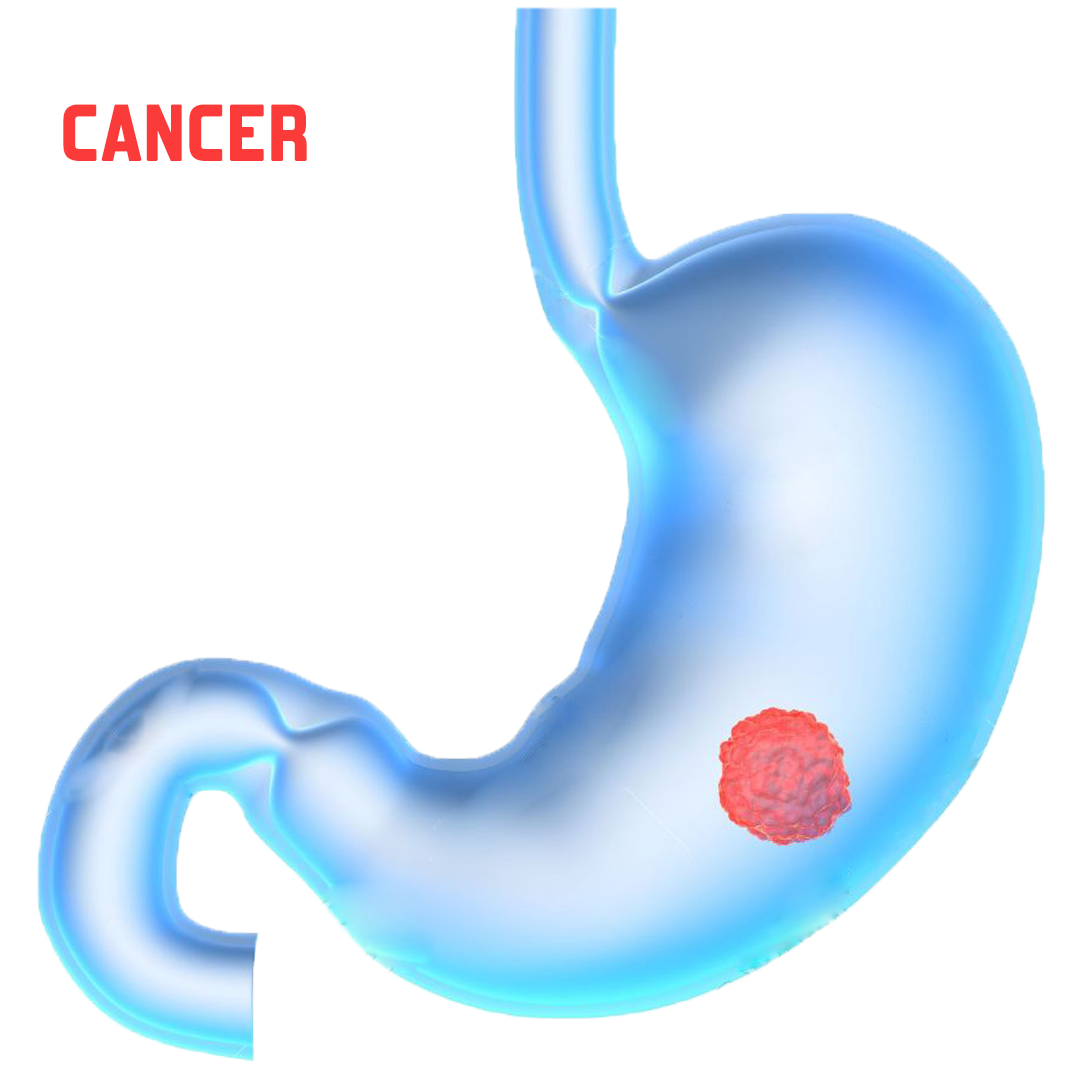Liver Cancer
Liver Cancer Prognosis and Life Expectancy
Survival rates may help give you a better understanding of how likely it is that your treatment will be successful.

Overview
Survival rates can give you an idea of what percentage of people with the same type and stage of cancer are still alive a certain length of time (usually 5 years) after they were diagnosed. They can’t tell you how long you will live, but they may help give you a better understanding of how likely it is that your treatment will be successful.
Keep in mind that survival rates are estimates and are often based on previous outcomes of large numbers of people who had a specific cancer, but they can’t predict what will happen in any particular person’s case. These statistics can be confusing and may lead you to have more questions. Talk with your doctor about how these numbers may apply to you, as he or she is familiar with your situation.
What is a 5-year relative survival rate?
A relative survival rate compares people with the same type and stage of cancer to people in the overall population. For example, if the 5-year relative survival rate for a specific stage of liver cancer is 30%, it means that people who have that cancer are, on average, about 30% as likely as people who don’t have that cancer to live for at least 5 years after being diagnosed.
What is the 5 year survival rate of Liver cancer?
In general, survival rates are higher for people who can have surgery to remove their cancer, regardless of the stage. For example, studies have shown that patients with small, resectable (removable) tumors who do not have cirrhosis or other serious health problems are likely to do well if their cancers are removed.
The 5-year survival rate is 33% of people diagnosed at an early stage. If liver cancer has already started spreading to the surrounding tissues or organs, the 5-year survival rate decreases up to 11%, and it falls to a meagre 2% if cancer has spread to a distant body part.
Understanding the numbers
- People now being diagnosed with liver cancer may have a better outlook than these numbers show. Treatments improve over time, and these numbers are based on people who were diagnosed and treated at least five years earlier.
- These numbers apply only to the stage of the cancer when it is first diagnosed. They do not apply later on if the cancer grows, spreads, or comes back after treatment.
- These numbers don’t take everything into account. Survival rates are grouped based on how far the cancer has spread, but your age, overall health, how well the cancer responds to treatment, and other factors will also affect your outlook.
A word from us
While these percentages may give you an idea of you or your loved one's liver cancer prognosis, be sure to discuss your unique situation with your doctor. Ask lots of questions and do not hesitate to inquire about more complex or sensitive issues as well, such as healing from surgery, side effects of chemotherapy, pain management, or what happens if you do not get treatment.




